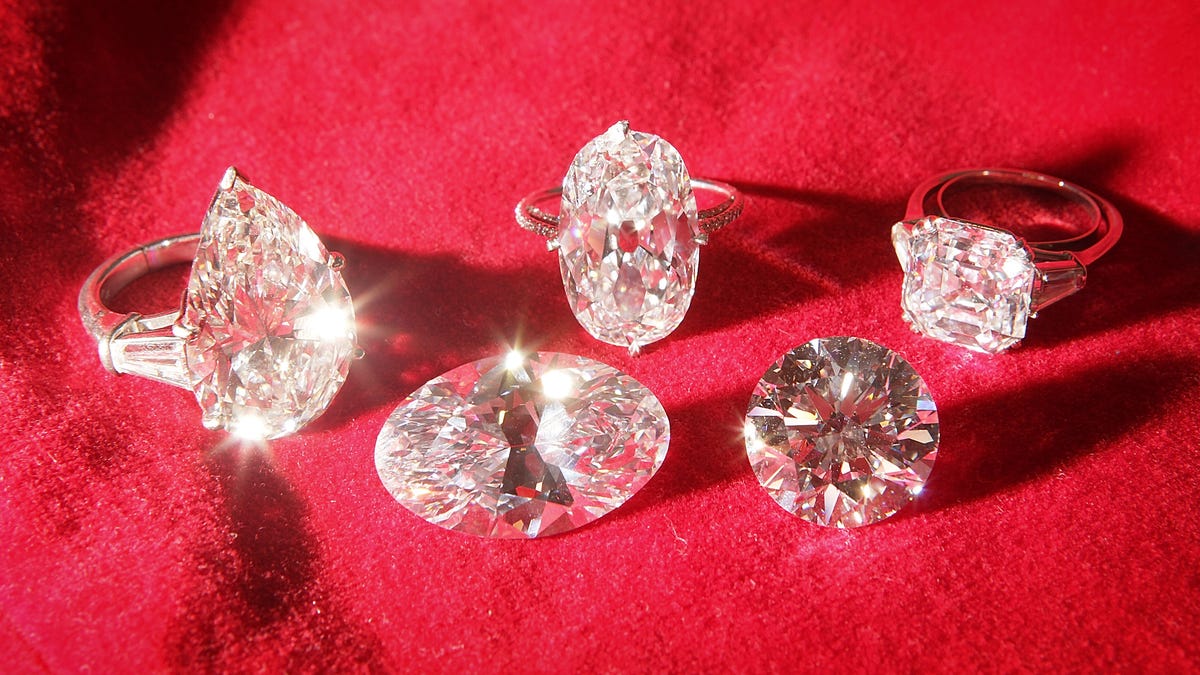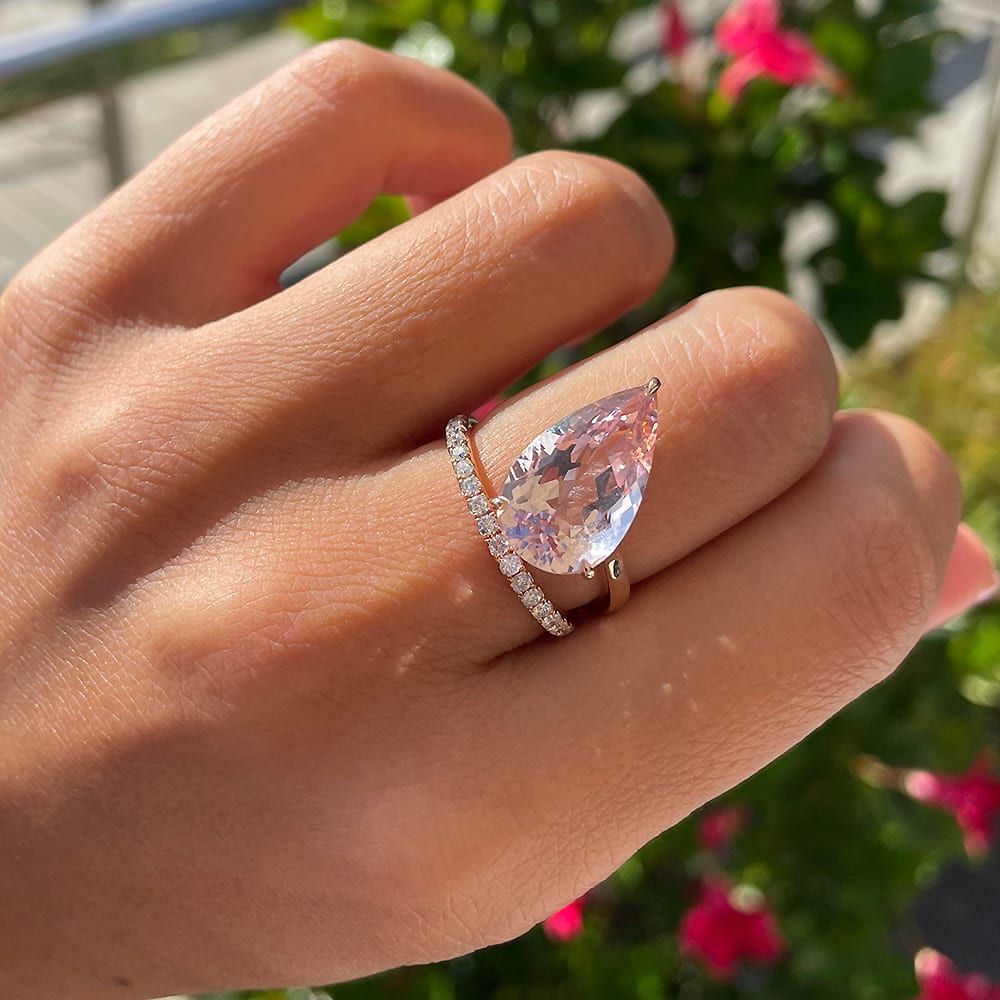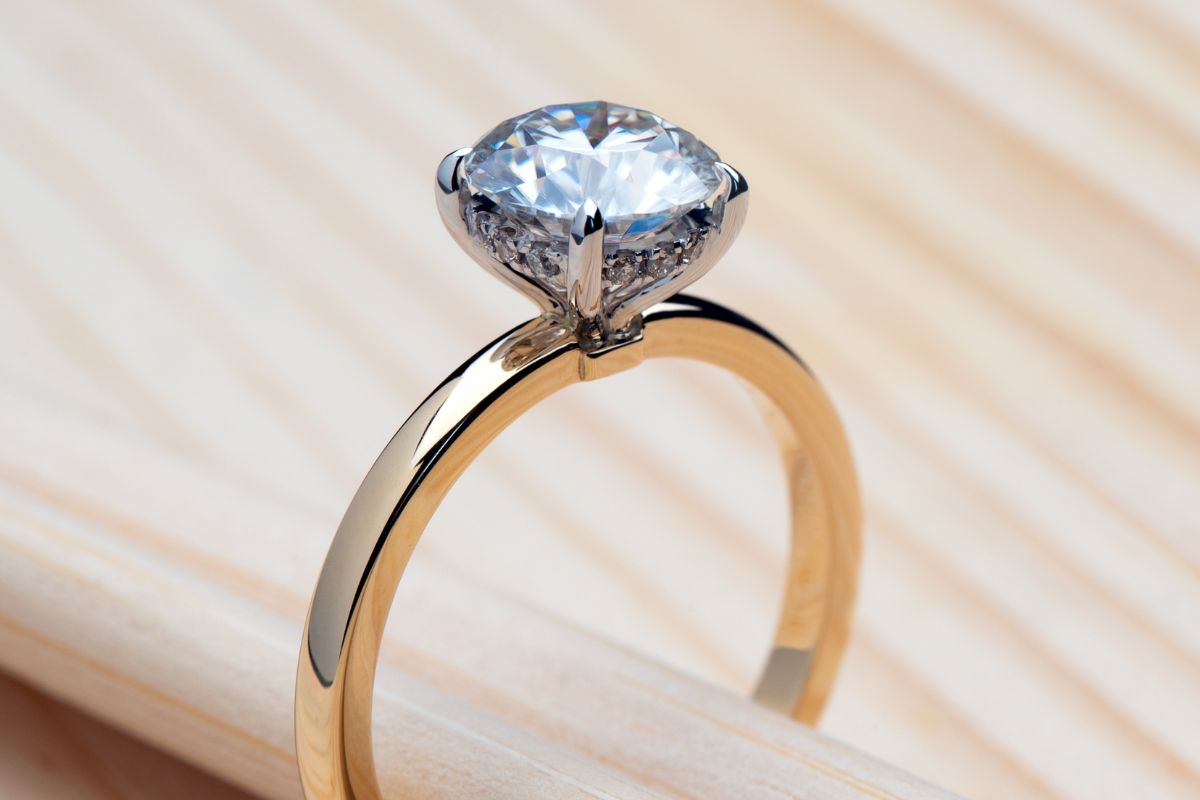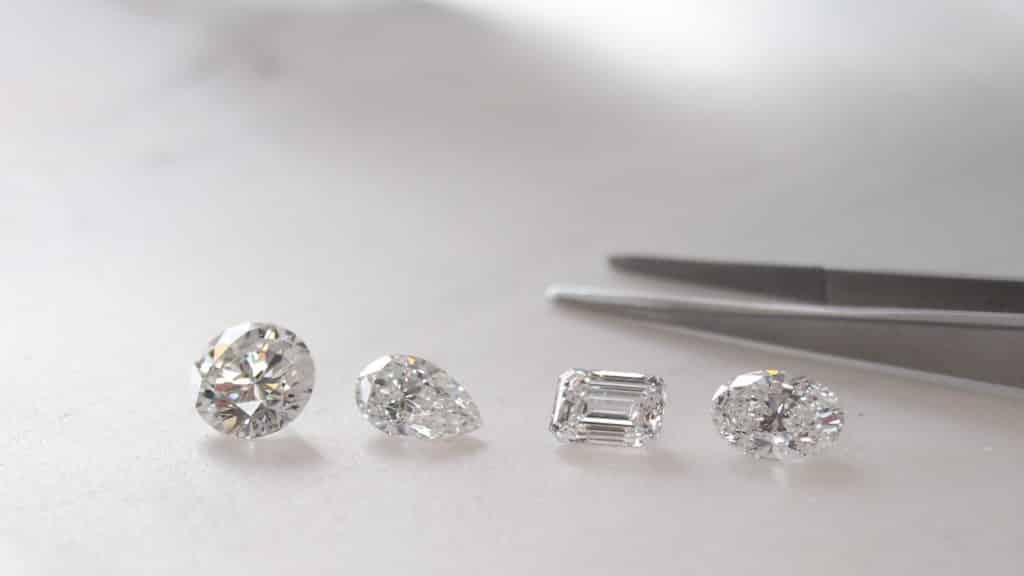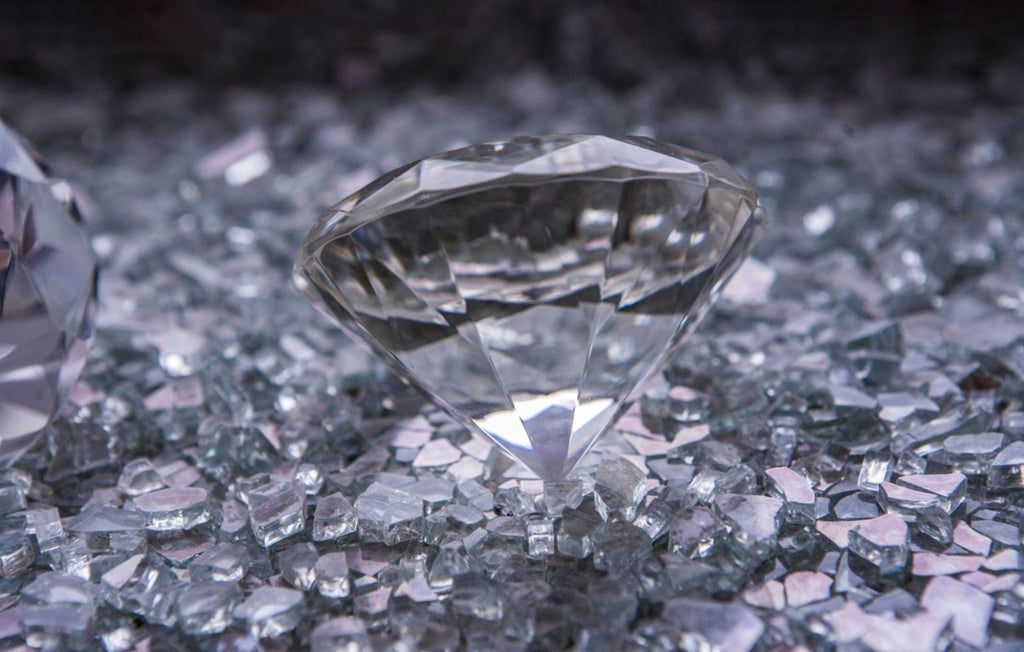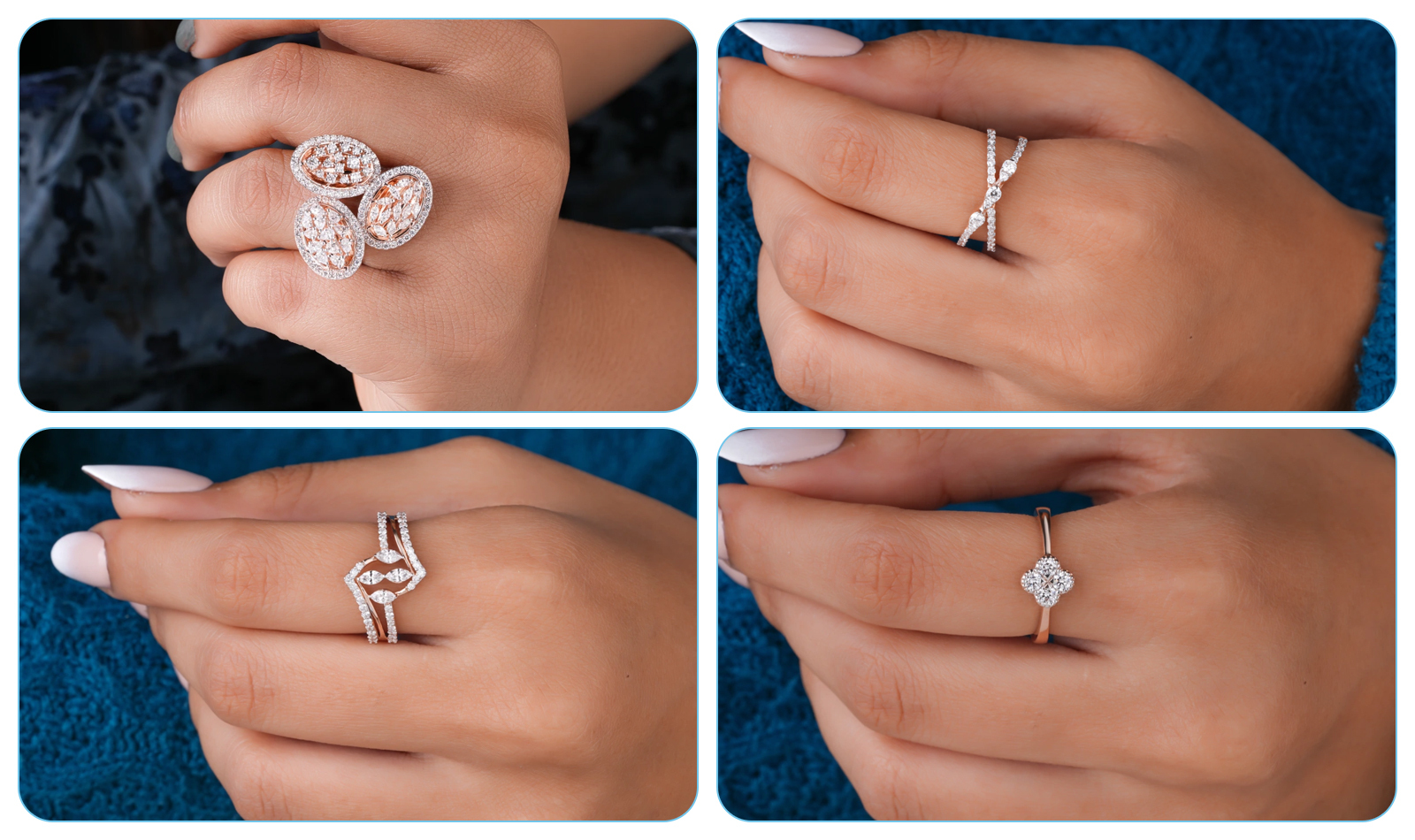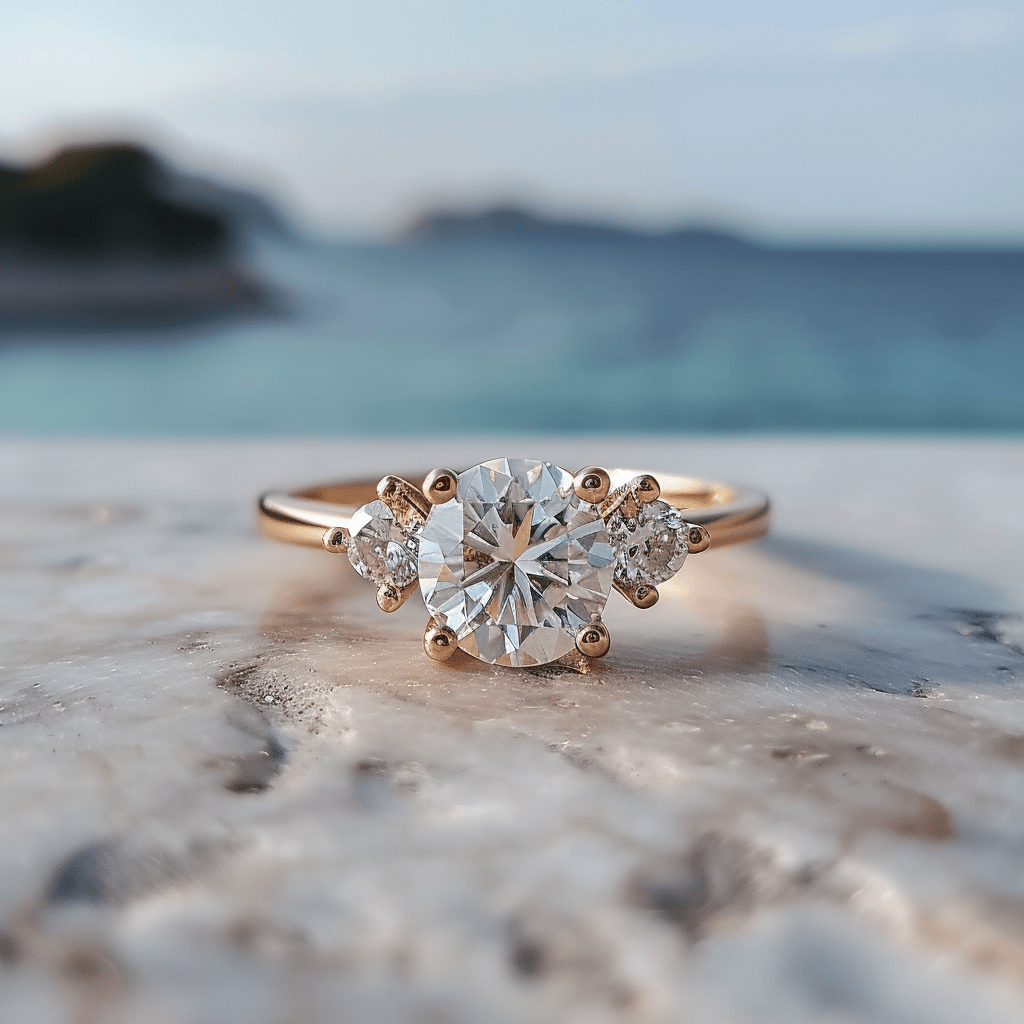In recent years, lab diamonds have surged in popularity as a sustainable and ethical alternative to mined diamonds. These gems, created in controlled environments using advanced technological processes, offer consumers a conflict-free and environmentally friendly option without compromising on beauty or quality. However, like their natural counterparts, lab-created diamonds require proper care and maintenance to ensure they retain their brilliance and sparkle over time. In this comprehensive guide, we’ll explore everything you need to know about lab diamonds, including how to clean diamond ring your precious diamond ring to keep it looking its best.
Table of Contents
Understanding Lab Diamonds
Lab diamonds, also known as synthetic or cultured diamonds, are grown in highly controlled laboratory settings that replicate the natural diamond-growing process. These diamonds are chemically and optically identical to mined diamonds, possessing the same hardness, brilliance, and fire. However, unlike traditional diamonds, which are formed deep within the Earth’s mantle over billions of years, lab diamonds are created in a matter of weeks using cutting-edge technology.
One of the key advantages of lab diamonds is their ethical and sustainable nature. By eliminating the need for diamond mining, lab-grown diamonds significantly reduce environmental impact and avoid the ethical concerns associated with traditional mining practices, such as human rights abuses and environmental destruction. Additionally, lab diamonds often come with lower price tags than their natural counterparts, making them an attractive option for budget-conscious consumers.
Cleaning Your Lab Diamond Ring
While lab diamonds are durable and resistant to scratches and abrasions, they still require regular cleaning to maintain their brilliance and sparkle. Here’s a step-by-step guide to keeping your lab diamond ring looking its best:
1. Gather Your Supplies
Before you begin cleaning your diamond ring, gather the necessary supplies:
- Mild dish soap or jewelry cleaner
- Warm water
- Soft-bristled toothbrush or jewelry brush
- Lint-free cloth or microfiber towel
- Optional: ammonia-based cleaner for stubborn dirt or grime
2. Prepare the Cleaning Solution
Fill a small bowl with warm water and add a few drops of mild dish soap or specialized jewelry cleaner. Avoid using harsh chemicals or abrasive cleaners, as they can damage the metal setting or dull the diamond’s brilliance.
3. Soak the Ring
Place your lab diamond ring in the cleaning solution and let it soak for 20-30 minutes. This will help loosen dirt, oils, and debris trapped in and around the diamond.
4. Gently Scrub the Diamond
After soaking, use a soft-bristled toothbrush or jewelry brush to gently scrub the diamond and its setting. Pay close attention to areas where dirt and grime may be trapped, such as underneath the stone and along the sides of the setting. Be careful not to apply too much pressure, as this could scratch the metal or dislodge the diamond.
5. Rinse Thoroughly
Once you’ve finished scrubbing, rinse the ring thoroughly under warm running water to remove any remaining soap residue and debris. Be sure to rinse all sides of the ring, including the underside of the diamond and the inside of the setting.
6. Dry and Polish
Pat the ring dry with a lint-free cloth or microfiber towel, taking care to remove any excess water or moisture. To polish the diamond and restore its brilliance, gently buff the stone with a clean, dry cloth using small, circular motions.
7. Optional: Deep Cleaning
If your diamond ring requires a more thorough cleaning, you can use an ammonia-based cleaner or specialized diamond cleaning solution. Follow the manufacturer’s instructions carefully and avoid prolonged exposure to harsh chemicals, as this can damage the diamond or its setting.
8. Regular Maintenance
In addition to periodic deep cleaning, regular maintenance is key to preserving the beauty and longevity of your lab diamond ring. Avoid wearing your ring while engaging in activities that could expose it to harsh chemicals or abrasive materials, such as household cleaners, gardening, or sports. When not in use, store your ring in a soft jewelry pouch or box to prevent scratches and damage. Consider having your ring professionally inspected and cleaned by a jeweler every six months to ensure that the diamond is secure in its setting and to address any potential issues before they escalate.
9. Special Care for Fancy Colored Lab Diamonds
If your lab diamond ring features fancy colored diamonds, such as yellow, pink, or blue, it may require special care to maintain its vibrant hue. Avoid exposing colored diamonds to prolonged sunlight or heat, as this can cause them to fade or change color over time. When cleaning colored diamonds, use only mild detergent and lukewarm water, and avoid harsh chemicals or ultrasonic cleaners that could damage the diamond’s color intensity.
10. Protecting Your Investment
Finally, consider insuring your lab diamond ring to protect your investment against loss, theft, or damage. Many insurance companies offer specialized jewelry insurance policies that provide coverage specifically tailored to the value of your ring. Before purchasing insurance, have your ring professionally appraised to determine its current market value, and be sure to read the policy terms and conditions carefully to understand what is covered and what is excluded.
Conclusion
Lab diamonds offer a stunning and sustainable alternative to traditional mined diamonds, providing consumers with ethical, eco-friendly, and affordable options for fine jewelry. By following these simple steps for cleaning and maintenance, you can ensure that your lab diamond ring remains as beautiful and radiant as the day you first received it.

